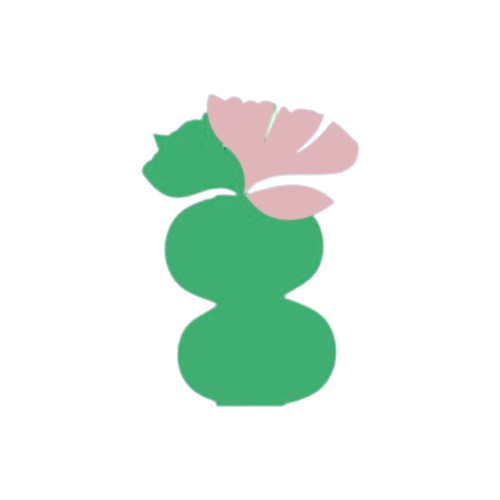Sansevieria or the Mother-in-Law's Tongue / Snake Plant as it's commonly known is a truly remarkable and striking easy care houseplant.
The Snake Plants are an ever increasingly popular house guest and much of this has to do with its near indestructible qualities. However this plant is also desired for its upright and erect leaf habit which fits into almost all locations in the home from both traditional to modern decor.
It belongs to the family Asparagaceae, native to the tropics of West Africa. A lot of people believe the name comes from "Sand Snake", with its cacti like properties and appearance of a rising snake it's not hard to see why. As a result of modern day improvements with DNA studies, in 2017 the plant was officially removed from the Sansevieria genus and moved into the Dracaena genus. This was the result of botanists discovering a high number of common genes between the plants. Over the nest few years, you'll slowly see this plant being reclassified into its new family name.

